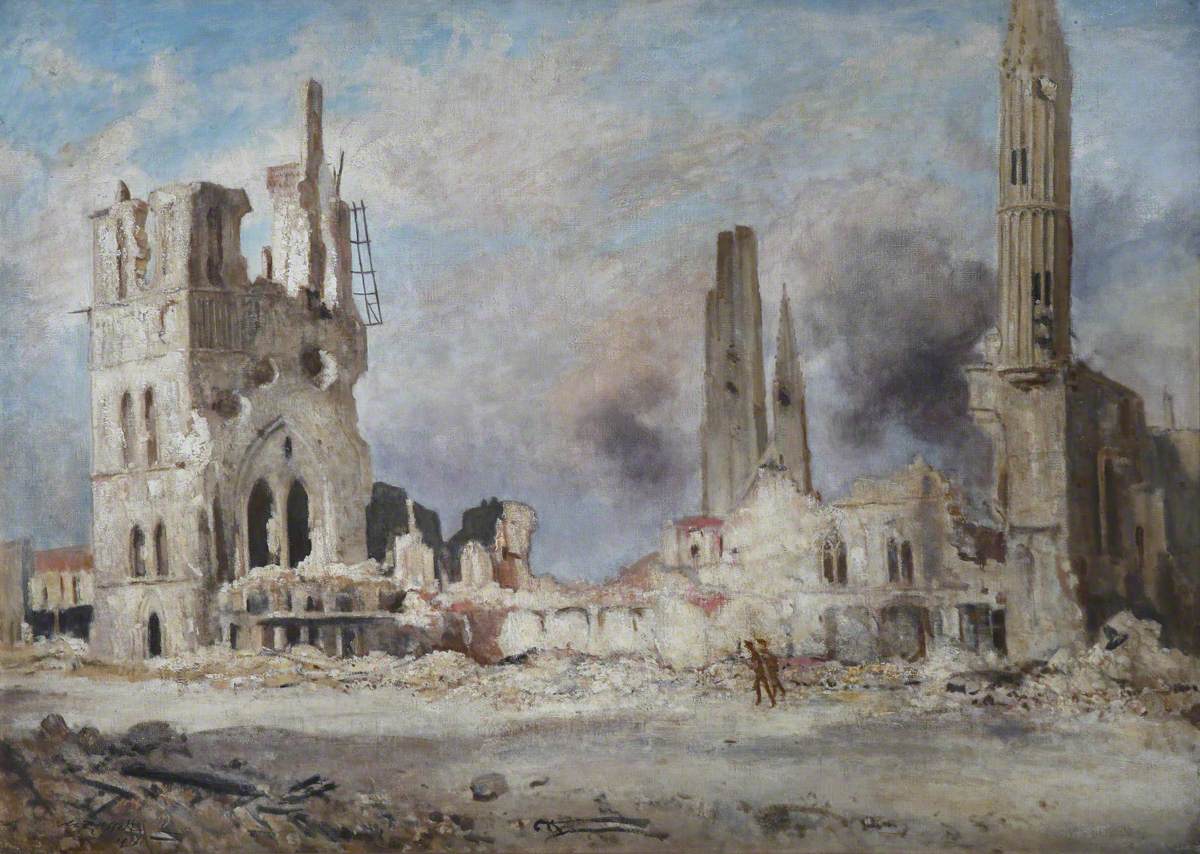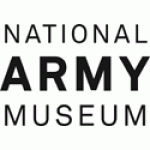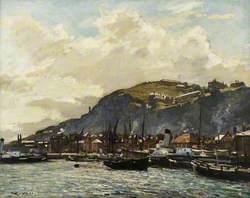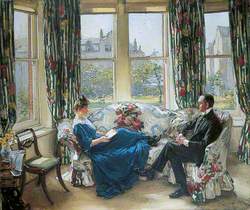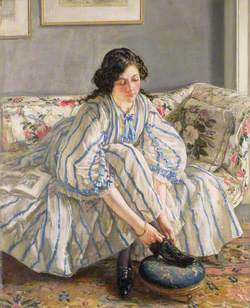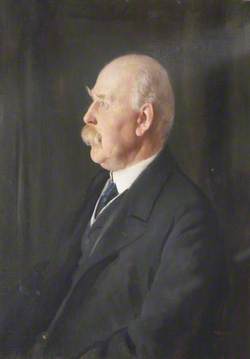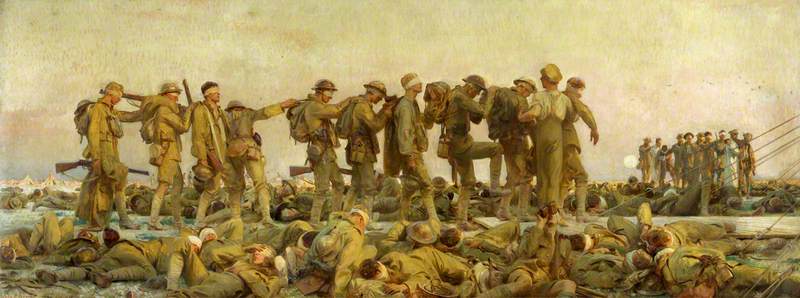How you can use this image
This image can be used for non-commercial research or private study purposes, and other UK exceptions to copyright permitted to users based in the United Kingdom under the Copyright, Designs and Patents Act 1988, as amended and revised. Any other type of use will need to be cleared with the rights holder(s).
Review the copyright credit lines that are located underneath the image, as these indicate who manages the copyright (©) within the artwork, and the photographic rights within the image.
The collection that owns the artwork may have more information on their own website about permitted uses and image licensing options.
Review our guidance pages which explain how you can reuse images, how to credit an image and how to find images in the public domain or with a Creative Commons licence available.
Notes
Add or edit a note on this artwork that only you can see. You can find notes again by going to the ‘Notes’ section of your account.
During the First World War (1914–1918), the British sector of the Western Front extended north into the Flanders region in southern Belgium. Here, the front line projected into German-held territory as the triangular-shaped Ypres Salient, with the town of Ypres (Ieper) in the centre. The area was bombarded by German artillery from two sides and, by the end of the war, the town was almost completely flattened. At the centre of Ypres stood the huge, thirteenth-century Cloth Hall, one of the finest examples of Flemish medieval civic architecture and the economic heart of the town. The gradual destruction of Ypres during the war was epitomized by that of the Cloth Hall, which also came to symbolize the effect of war upon western civilization.
Exhibited at the Royal Academy in 1919 (No.93).
Title
The Cloth Hall, Ypres
Date
1918
Medium
oil on canvas
Measurements
H 104.3 x W 155.5 cm (E)
Accession number
NAM. 1989-04-135
Acquisition method
purchased from David Cohen Fine Art Limited, 1989
Work type
Painting
